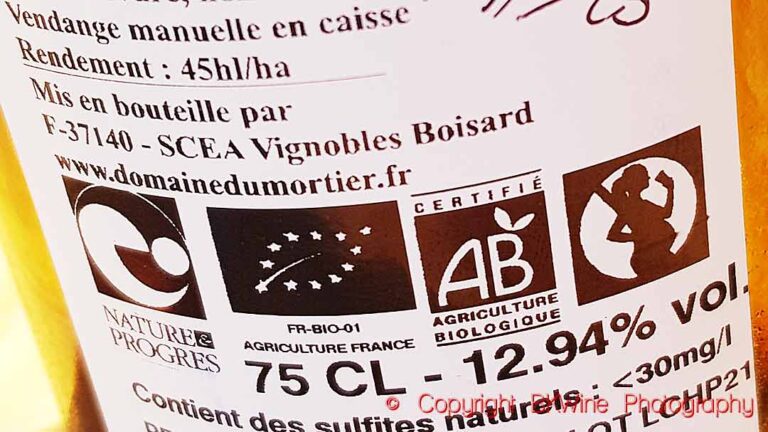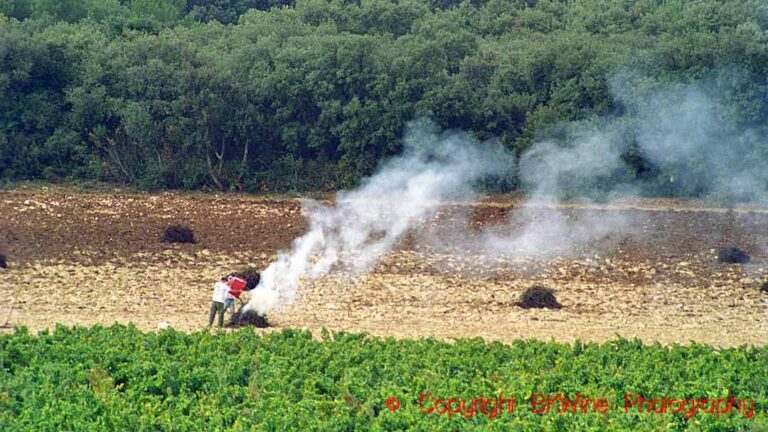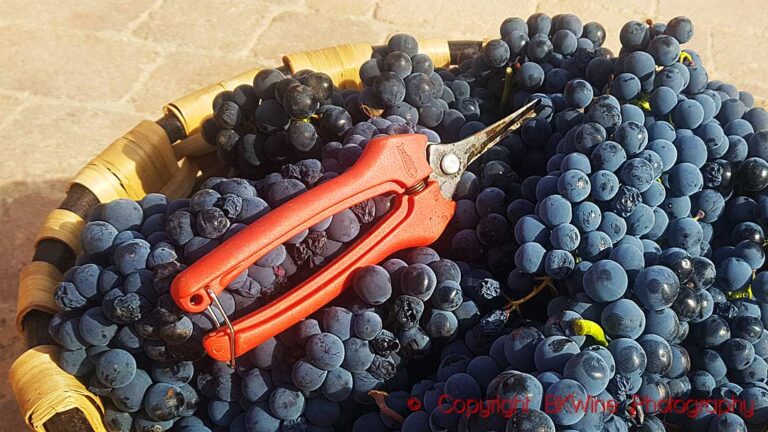A new report provides an interesting insight into the world of French wine cooperatives. The cooperatives do not get big headlines in newspapers, but they are very important for the wine industry. The cooperatives produce between 35 and 40% of the French wine production, depending on the year.
A member of a cooperative farms an average of 7.5 hectares compared to 13.5 ha for French winegrowers in general. There are around 400 cooperatives in France (excluding Champagne) and these each cultivate on average 662 hectares.
The IGP (indication géographique protégée) category is their strong point. They harvest 63 to 68% of French IGP production, depending on the year but only 35% of the AOP production and, perhaps surprisingly, only 25-30% of wines without a geographical indication (vin de france).
The cooperatives make a lot of rosé wine, 58% of the national harvest, compared to 40% of the red wines and 41% of white.
The cooperatives lost 34,000 hectares between 2010 and 2020. However, the last two years have seen a slight increase, perhaps a result of economic difficulties forcing smaller independent winegrowers to join cooperatives.
The French cooperatives (still excluding Champagne) now exploit 275,000 hectares. But many of the cooperatives have problems with profitability and often show results that are lower than the private sector of the same size. Champagne has around 130 cooperatives that manage around 40% of the area.
However, you should perhaps remember that you can drink cooperative wine without knowing it. Private wine producers can buy raw material (wine) from co-ops and integrate it into their blends.
Read more: vitisphere












